Southern Florida offers many unique wintering birds, but perhaps none more so then the sparrows that call different parts of Florida their winter homes. Tom Dunkerton tipped me off to an area on the Black Merritt National Wildlife Refuge where some of my target birds can be seen. Tom spends most of his daylight hours scouring the refuge for goodies, so I was ultra happy to have him as my knowledgeable local guide. The Space Coast Birding & Wildlife Festival occurs every year at the end of January in Titusville. There are always good birds to be found. This year offered no change from the norm as a group of birders were able to find six male Eurasian Wigeons hanging out with a even larger group of Americans.
The flight shot of the male Eurasian, taken by Tom Dunkerton, shows the unique plumage that is completely diagnostic to that species. The Eurasians are larger than the Americans and have maroon heads with a yellowish forehead. The females can be a bit trickier but have a browner head than the lady Americans. The longer wings of the Eurasian Wigeon often can be noted while the bird is resting, but it really is the larger body size that makes them look really different in terms of structure. That slightly larger body creates a smaller headed look on the Eurasian Wigeons. Throughout the years birders have discovered that Eurasian do indeed winter far more commonly than originally thought, along the Atlantic coast. Although, these birds in Florida are pretty far south. When I was growing up I remember seeing a couple of Eurasian Wigeons thinking how much of a mega rarity they were. Not so much anymore, but certainly this is a specialty species anywhere within it’s range. Their population is currently stable among the arctic regions where they breed.
Check out some of these other wigeon shots. All of these wigeon photos were taken by Tom Dunkerton:
The shot above was a male Eurasian Wigeon and a female American Wigeon.

Notice the gray flanks as opposed to the rufous sides of the Americans?
The wigeon madness was just one of the few special species found on the coast that week, but the bird that had me excited the most was the Saltmarsh Sharp-tailed Sparrow. Tom Dunkerton had found a number of these along with Nelson’s Sharp-tails and a Leconte’s Sparrow as well. The Leconte’s is most certainly far off from their Florida wintering grounds more commonly up in the panhandle of the state. It’s not that the sharp-tails are particularly rare to the refuge, but they were far more numerous than most years and present within sight of the road in a number of spots on Black Point Wildlife Drive. Just a couple of light pishes would bring the birds above the grass for a few moments. The Nelson’s seemed to be far more shy fleeing to the mangroves as soon as anyone approached. There is a no-walking policy when on Black Point Drive in order to maintain it’s pristine features, but we did what we could from the road. The distance wasn’t so much of a problem since we were digiscoping with an Nikon EDG VR Fieldscope, but getting them to sit up for long periods can be tough.

We know this is a Saltmarsh by the extremely large bill (when compared to Nelson’s) and the high degree of contrast on the face differentiating the auriculars from the supercilium and moustacial stripes. Nelson’s would be much brighter on most occasions showing far more buffy coloration on the breast (namely the inland form nelsoni), but even then the bill size sets it apart. The song is very much like other Ammodramus sparrows in that it is buzzy, wheezy and high pitched. Think Grasshopper Sparrow! Certain stops along the wildlife drive with adjacent salt marsh habitat is where we searched these guys out.
This species has three populations that reside in the northern tall-grass prairies ranging from South Dakota up though the Canadian prairies. They other two are located in coastal New England and up on the James and Hudson Bays.

In my experience, however, most salt marsh species are seen like this. This can almost always cause identification problems, but this is just another challenge of going after a beautiful species like this. Sparrows are often forgot about because they are indeed very hard to seek out. They are cryptic and elusive, but this means the end prize is always much more exciting. I mean, is it satisfying to just roll up and see your target bird right away? I prefer a little sweat first.
I will be traveling to Maine this summer for some road trips and I will definitely be trying to seek out both sharp-tailed species on the coast. They often breed in very similar habitat, but we can rest assured that micro-habitats come into play when breeding.I shall seek, learn and see. Thanks so much for reading and don’t forget about the LBJs.
…









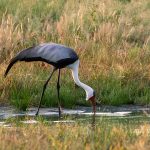

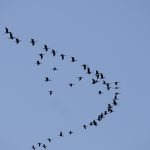
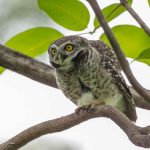
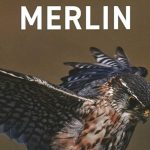
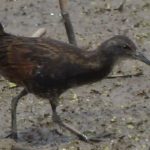
It is refreshing to see our quite common Eurasian Wigeon as a speciality. It does stand out nicely, maybe the Eurasian revenge for your Scarlet Tanagers? 🙂
And any post that features an Ammodramus sparrow just plain rocks. Geez, how I wish I could be chasing some now…